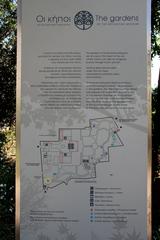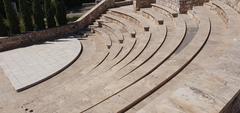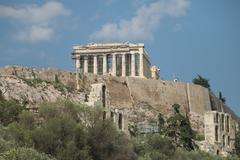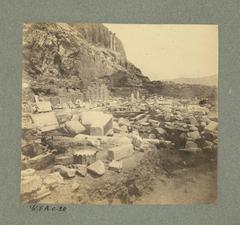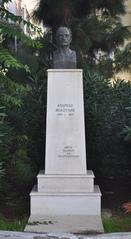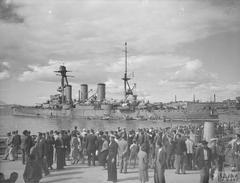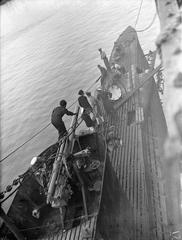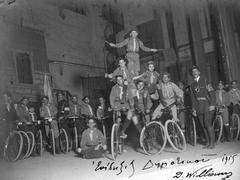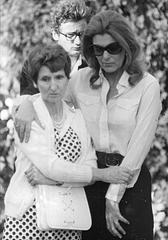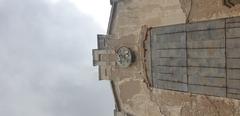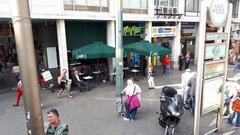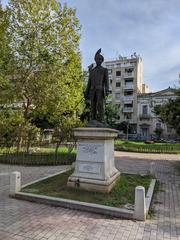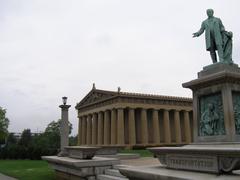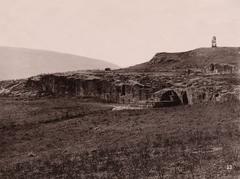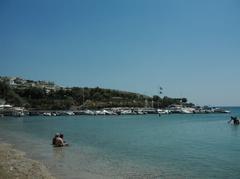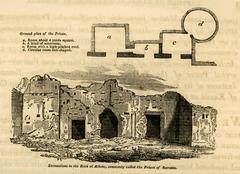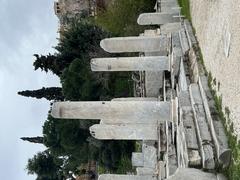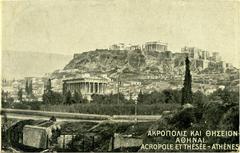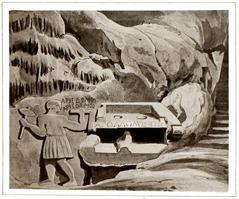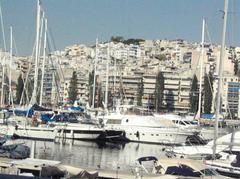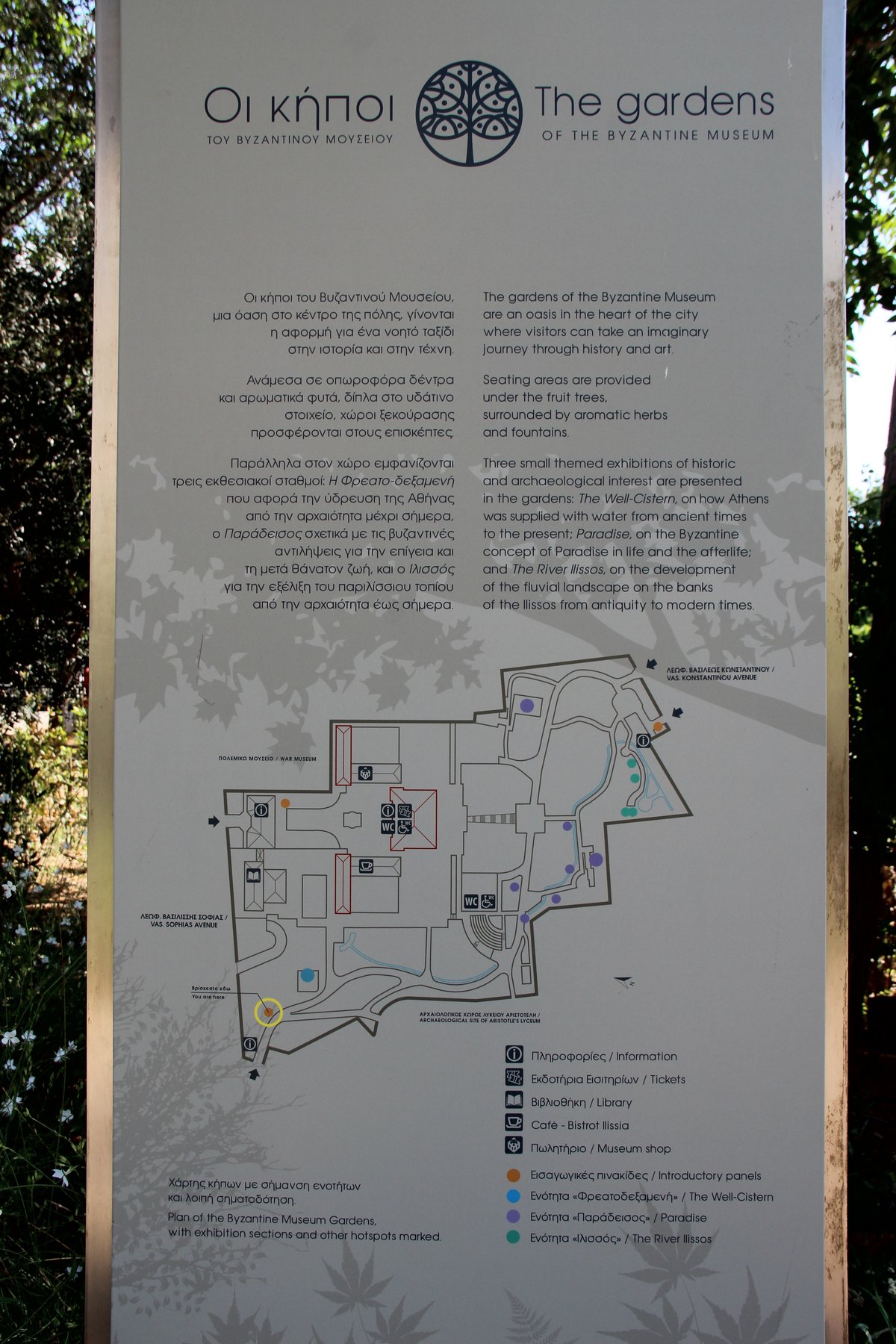
Visiting the Byzantine and Christian Museum in Piraeus: Hours, Tickets, and Tips
Date: 18/07/2024
Introduction
Table of Contents
History and Significance of the Museum
From Humble Beginnings to a Palace of Art (1914-1930)
The museum’s origins can be traced back to 1914, a time when Greece was still finding its footing as a modern nation. It was then that the idea for a museum dedicated to Byzantine and Christian art first took root. Initially housed in the Metropolis, the headquarters of the Church of Greece, the museum’s collection was modest, comprised mainly of artifacts salvaged from Byzantine churches and monasteries. However, the museum’s fortunes changed dramatically in 1923. The prominent Greek statesman Eleftherios Venizelos envisioned a grander home for this burgeoning collection, leading to the museum’s relocation to the Villa Ilissia, a neoclassical masterpiece nestled in the heart of Athens. This elegant villa, once belonging to the Duchess of Plaisance, Sophie de Marbois-Lebrun, provided a fitting backdrop for the museum’s treasures.
Expansion and Transformation (1930-2004)
The move to Villa Ilissia marked a turning point. The museum, officially named the “Byzantine Museum” in 1930, began to flourish. Its collection expanded significantly, encompassing a wider range of artifacts, from intricate mosaics and frescoes to precious icons and manuscripts. The museum’s growth wasn’t confined to its collection. It also took on a broader role, becoming a center for Byzantine studies. This period saw the establishment of conservation laboratories, a library specializing in Byzantine art and history, and the launch of an academic journal dedicated to the field.
A New Millennium, A New Home (2004-Present)
As the 21st century dawned, the museum embarked on another transformative journey. The 2004 Olympic Games in Athens provided the impetus for a major renovation and expansion project. The aim was to create a state-of-the-art museum that could better showcase its remarkable collection and enhance the visitor experience. The renovated museum, renamed the “Byzantine and Christian Museum,” reopened its doors in 2004. The project seamlessly integrated the original Villa Ilissia with a modern extension, creating a harmonious blend of old and new. This expansion allowed for a more spacious and engaging display of the collection, offering visitors a deeper understanding of Byzantine and post-Byzantine art and culture.
Visitor Information
Visiting Hours
The Byzantine and Christian Museum is open from 9:00 AM to 4:00 PM, Tuesday through Sunday. It is closed on Mondays and specific holidays, so plan your visit accordingly.
Tickets
Admission to the museum is €8 for adults and €4 for students and seniors. Children under 12 can enter for free. Special discounts are available for groups and during certain times of the year.
Guided Tours and Special Events
The museum offers guided tours in multiple languages, providing deeper insights into the exhibits. Additionally, the museum frequently hosts special events, including temporary exhibitions, lectures, and workshops.
Travel Tips
The museum is centrally located in Piraeus, making it easily accessible by public transportation. Nearby attractions include the Archaeological Museum of Piraeus and the Hellenic Maritime Museum, allowing visitors to explore more of Piraeus’ rich history in one trip.
Tips for a Memorable Visit
- Allocate Sufficient Time: Plan to spend at least 2-3 hours to fully appreciate the exhibits.
- Start with the Early Christian Collection: This section provides a foundational understanding of the development of Christian art.
- Don’t Miss the Icons: The museum houses an exceptional collection of Byzantine icons.
- Explore the Sculpture Garden: Enjoy the tranquility of the sculpture garden.
- Engage with Interactive Displays: Enhance your experience with multimedia presentations.
- Check for Special Exhibitions: Explore temporary exhibitions for unique insights.
- Join a Guided Tour: Gain valuable context and insights through guided tours.
- Take Advantage of Resources: Use brochures, maps, and audio guides.
- Dress Comfortably: Wear comfortable shoes for walking.
- Respect the Artifacts: Refrain from touching the exhibits.
- Engage with Staff: Ask questions and seek guidance from knowledgeable staff.
FAQ
What are the visiting hours for the Byzantine and Christian Museum? The museum is open from 9:00 AM to 4:00 PM, Tuesday through Sunday, and is closed on Mondays and specific holidays.
How much do tickets cost for the Byzantine and Christian Museum? Admission is €8 for adults, €4 for students and seniors, and free for children under 12.
Are there guided tours available? Yes, the museum offers guided tours in multiple languages. Check the official website for more details.
Is the museum accessible for wheelchair users? Yes, the museum is committed to accessibility with ramps and elevators available. It is advisable to contact the museum in advance for specific needs.
